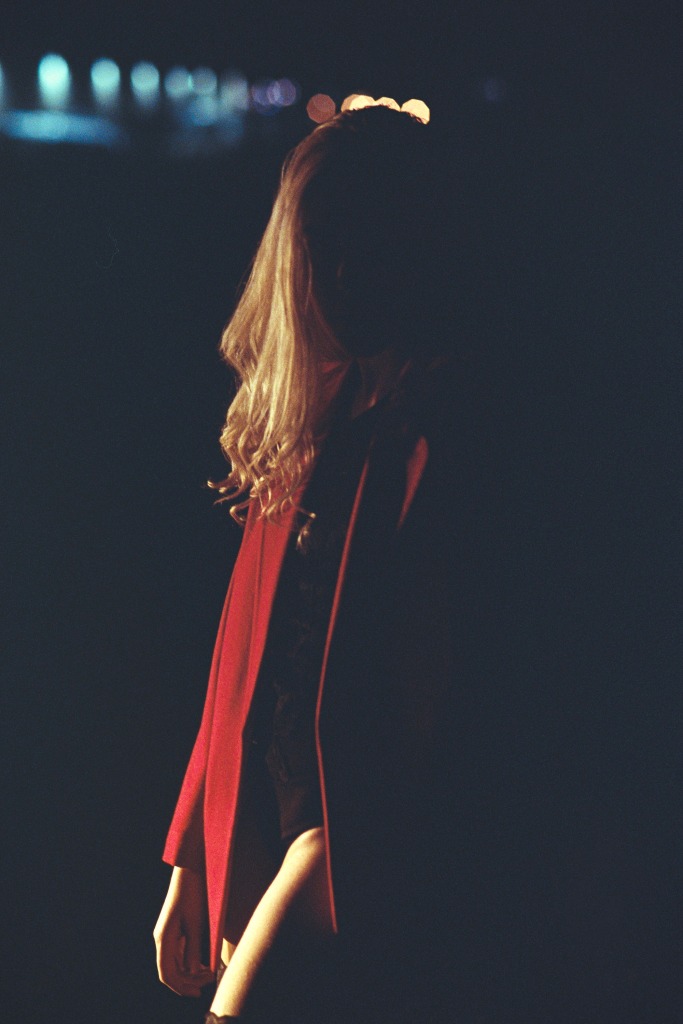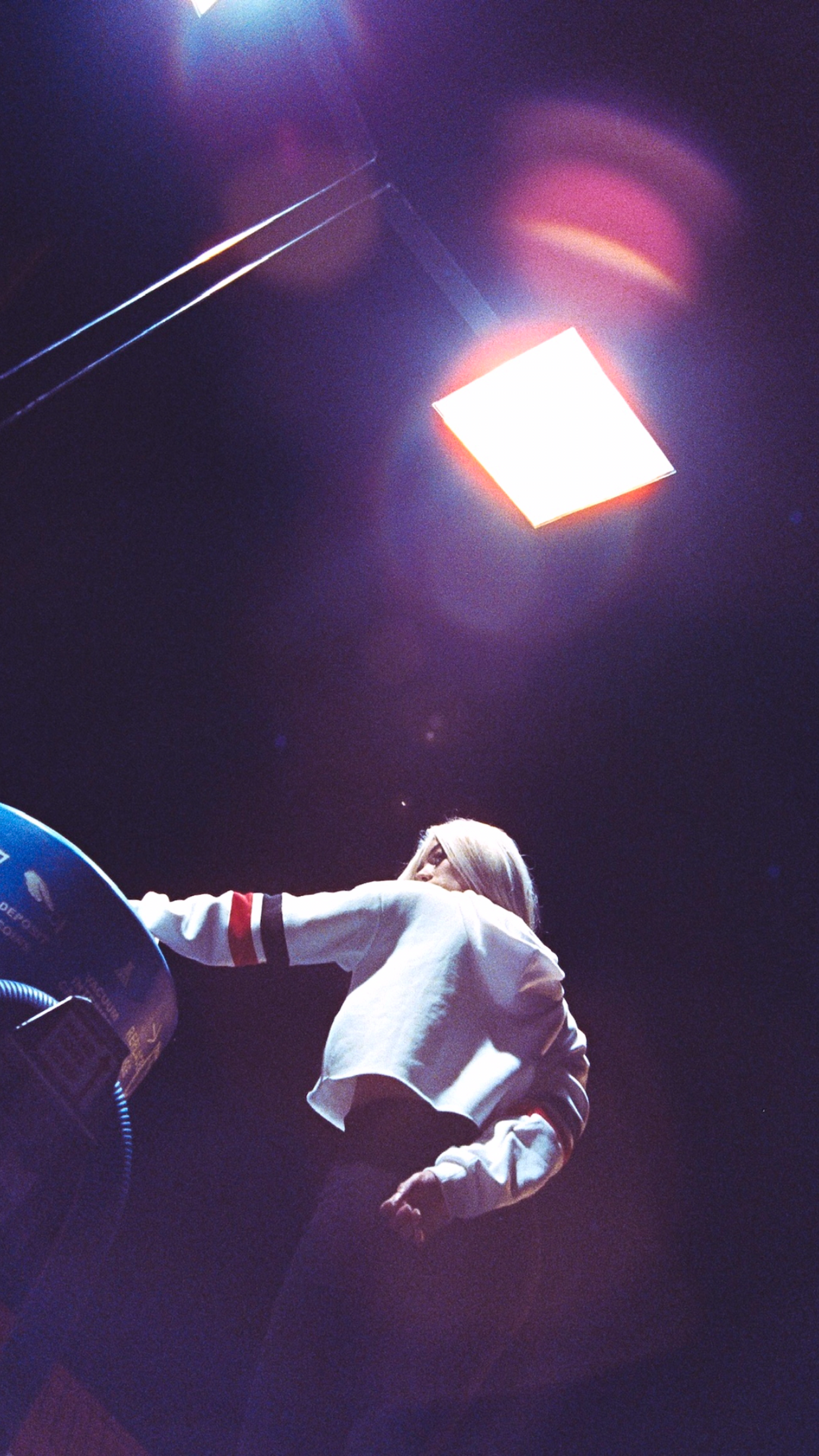“There is an honesty to film. Almost all of the decisions to be made in the resulting image happen before or during the shot when you shoot film…”
Chris is a talented film photographer located in Kentucky, USA. His work ranges in style and content but the quality is consistently high. Not long ago he started up the Film Community Map which if you haven’t checked it out yet, you should straight away.
JM: Why do you shoot film?
CH: There is an honesty to film. Almost all of the decisions to be made in the resulting image happen before or during the shot when you shoot film; whereas in digital there is so much that goes into editing and post. I suppose I’d describe film as akin to a documentary whereas digital is more “based-on-a-true-story,” full of dramatic exaggeration.
JM: What is your favorite film? Camera?
CH: I can never pick one! But I’ve narrowed it down to two: Portra 160 and Cinestill 800T. Portra 160 is one of the most versatile films I’ve found in terms of how it captures images. I’ve never taken a photograph with P160 and thought, “man, I should have used a different film for this shot”. Cinestill 800T is an entirely different beast. This is where I satisfy my urge to shoot at night and in artificial light, usually going for an 80s scary movie vibe.
CH: My favorite camera is a tricky question, so I’ll rephrase it to What Camera Do You Use the Most? And that would be my Nikon F4 w/ MF-23 databack. It’s a super versatile camera that can do pretty much anything I personally would want it to, from having full control in all-manual to letting the camera make a few decisions – but all while retaining physical dials and switches for everything instead of digital LCDs and menus
JM: What proportion of your shots turn out as you hoped (or better)?
CH: Depending on how disciplined I was while I was shooting, I’d say between 15% and 40%. And more often than not, shots that I took thinking “there’s no way that turned out” end up being one of my favorites.
“I look for a message, which usually communicates an idea, a story or an emotion.”
JM: What is one thing that you’ve changed in your approach to photography? What was the catalyst for this change?
CH: I’ve started moving towards gear that helps me shoot. Originally, I was shooting mechanical SLRs and using my iPhone to meter, but now I don’t mind shooting aperture priority and using auto focus. While there was a sense of pride in being able to say I always shoot in complete manual, I’m realizing now that I’d rather have a sense of pride in my images and not be worried about how I capture them.
JM: What do you look for in a photograph? Is what you find compelling in a photograph different when it’s one of your photographs compared with one from someone else?
CH: I look for a message, which usually communicates an idea, a story or an emotion. It sounds simple, yet 95% of the images I see on Instagram don’t have this; and I’m talking about from the photographers I’ve specifically chosen to follow. I’m all for putting out content and genuinely engaging with people on social media, but recently I made a decision to err towards the side of being proud of the work I share instead of being “good at Instagram”.
JM: What is your favorite shot you’ve ever taken? What’s the story behind it?
CH: It’s difficult for me to have favorites, I’m a recovering perfectionist so I overcompensate sometimes by refusing to compare even my own photographs to each other. That being said, here is what you could call a recent favorite.
CH: The sun had set and the model and I were at our second location: on the side of a highway at a section where heavy machinery had cut into the rock in the hills. I used the headlights of my car for lighting to try and instill a familiar sense of traveling at night and the excitement that comes with it. Her wardrobe was very well thought out, a sensual yet classy look that emphasized the color red and her blonde hair. This image sticks out to me because it has a strong idea of mystery, causing you to create a story in your head. That and the lighting is just killer – and I mean that, it reminds me of an old school movie poster!
JM: If someone told you they were thinking of getting into film, what would your response/advice be?
CH: Start simple, shooting with a mechanical camera with a meter. Shooting manual lets you really learn the craft, understand the science and appreciate the art and effort. Most folks would say you should shoot a lot, but that doesn’t help if you always shoot the same subject or in the same environment. So I’d add to that and say shoot as many different things/situations as you can find, even if you know the photograph in the end won’t be super interesting, it will be a learning experience. On that subject, humans learn best from mistakes so expect them and don’t get disappointed if you’re not getting what you want yet because eventually you will.
You can see more of Christopher’s work below.








It’s been a long time since I’ve used film – mostly Kodachrome or Vericolor II or Agfa for B+W. I really enjoy digital though b/c of how I can fine tune the image during edit. That being said – I still benefit from the discipline gained from shooting film – especially weddings (when I was in my 20’s – now i’m early 60’s) I shoot whatever interests me and enjoy tuning up the final composition with the creative editing tools available – although I mostly try to make the resultant image appear “normal” I also rarely shoot “burst” images – just too many images to sort through later. I also am not an Instagram fan – too hyper! Anyhow – I’m interested in reading some your other interviews. Nice job!
LikeLike
Thank you so much! I hope you enjoy the interviews already posted and stay tuned for new ones.
LikeLike